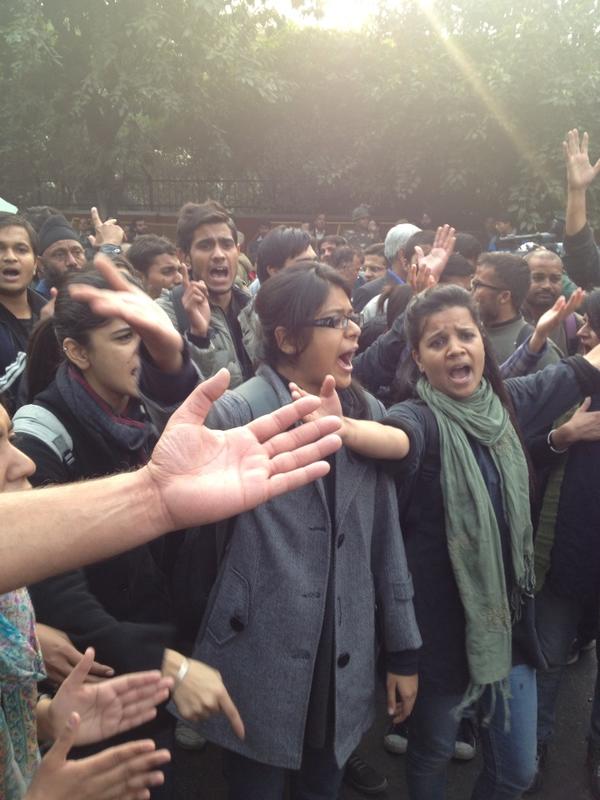A conversation that began after the 2012 Delhi gangrape has grown louder. We may be miles away from a world free of sexual violence, but we are certainly a few notches closer.

So, was it worth it, after all? One year after India’s MeToo movement, it isn’t out of place to paraphrase TS Eliot’s existential question.
On the face of it, there is plenty to be depressed about. A law student who has accused former minister Chinmayanand of raping her had to threaten suicide over the failure of the State to act. Police action was much delayed, though the accused has now been arrested.
The Bombay High Court has quashed a 2004 sexual harassment case against angel investor Mahesh Murthy, since the delay is not “properly explained”.
Actor Aamir Khan, who, in 2018, stepped down as the producer of Mogul after the director, Subhash Kapoor, was accused of sexual misconduct, is back in the film playing the lead. Khan says he was troubled that his decision might have cost Kapoor his “right to work”.
In October 2018, unshackled from decades of silence, an army of women in India joined a global outpouring against sexual harassment. This movement across 195 countries, expressed via 25 or so sister hashtags (#BabaeAko in the Philippines; #SendeAnlat in Turkey), garnered over 36 million impressions between 2016 and July 2019, found a United Nations report, “What Will it Take?” It “enabled conversations and connections that together have shaken hitherto stable systems of abuse and power”, notes the report.